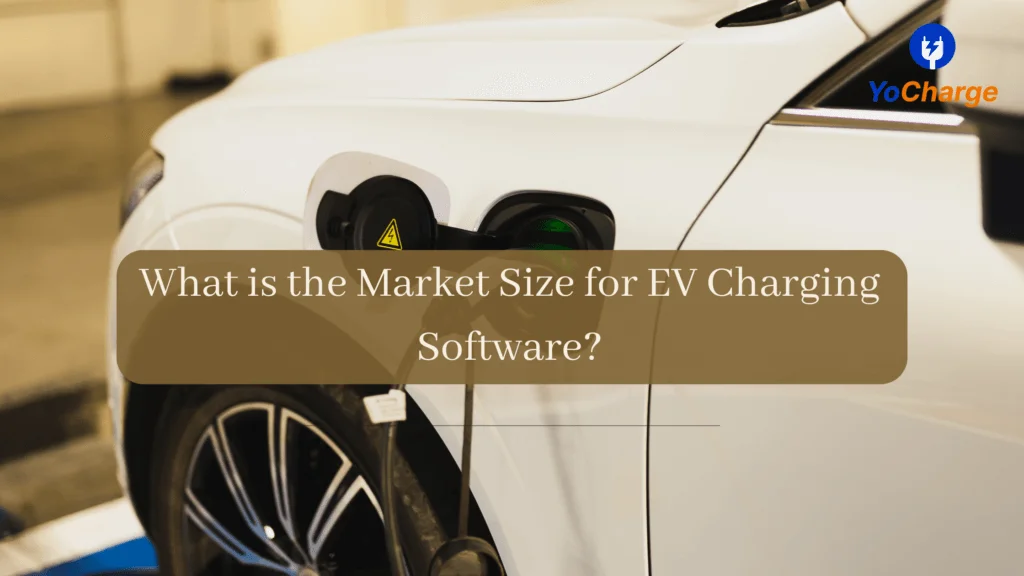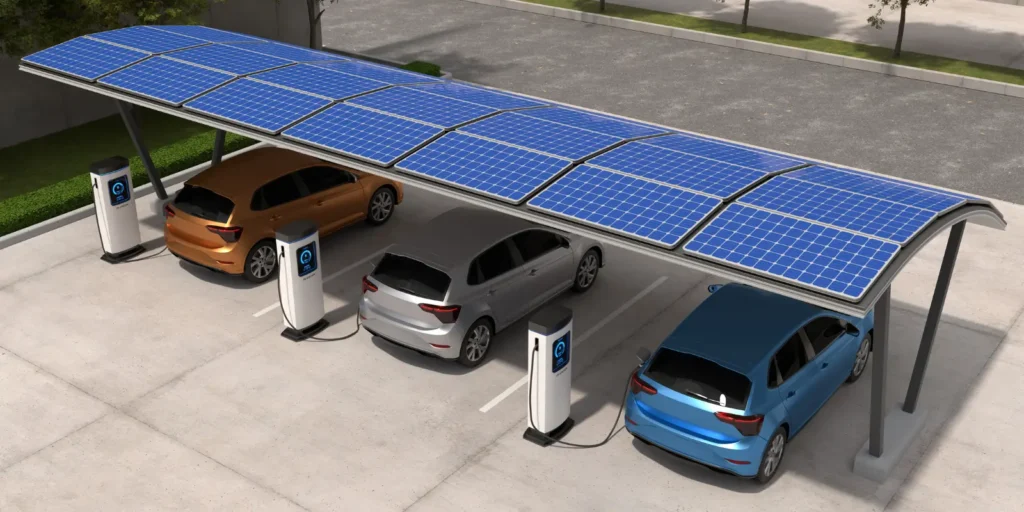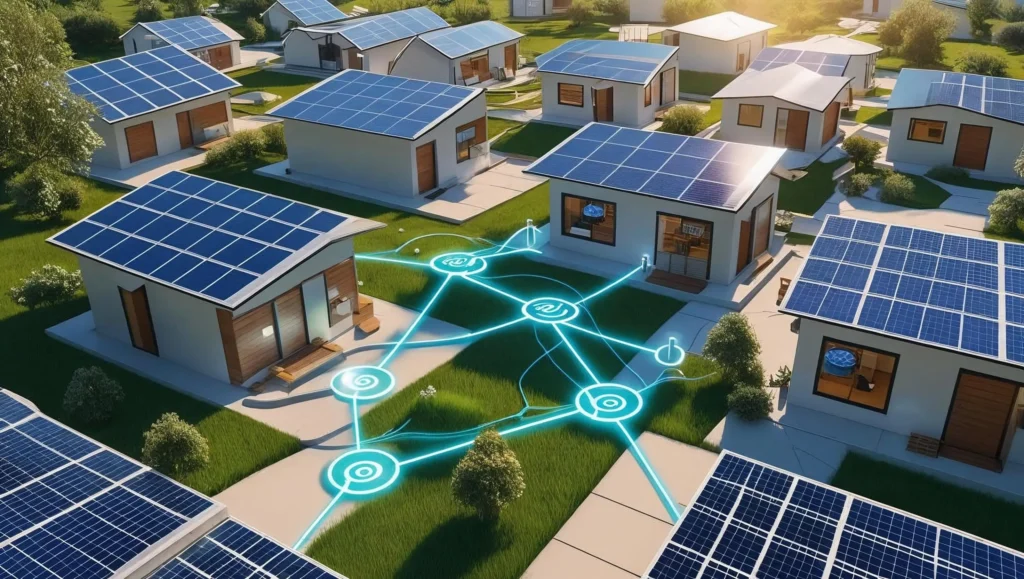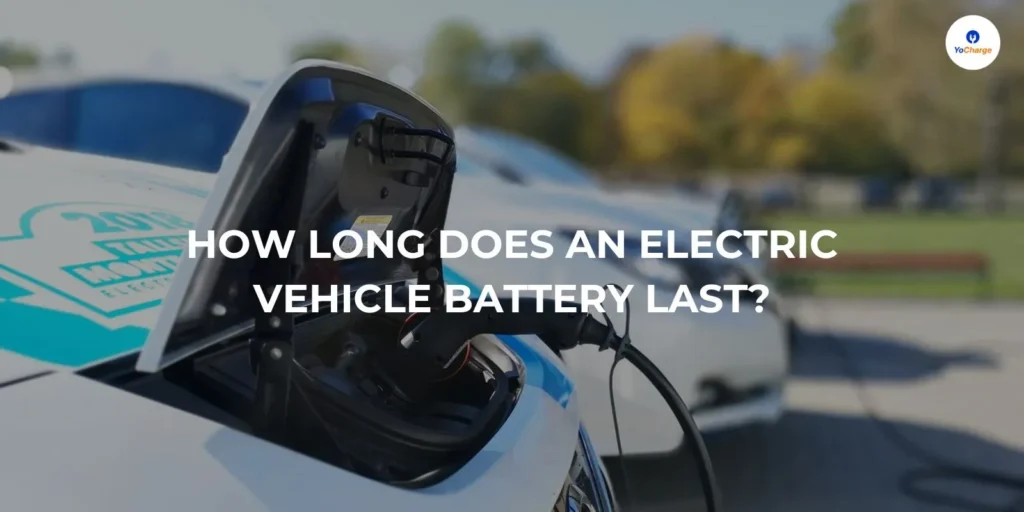
Hey, Do You Know McKinsey forecasts a sixfold increase in global demand for EVs from 2021 to 2030, with annual sales rising from 6.5 million to approximately 40 million during that time (ref). While traditional gasoline-powered vehicles come with straightforward fueling costs, electricity for EVs presents a different scenario. Many households utilize flat-rate electricity plans, which charge a constant price per kilowatt-hour (kWh) regardless of when electricity is used. This approach might not be the most economical option for EV owners, especially those who charge frequently at home. This is where the Time of Use Tariff comes in.
Time-of-Use tariffs offer a promising alternative, allowing EV owners to potentially save significant amounts on their electricity bills. This article will explore how TOU tariffs work and their potential benefits for EV charging.
What is a Time of Use Tariff?
A time of use tariff is a pricing plan for electricity that charges different rates based on the time of day, day of the week, or season. This approach is designed to reflect the fluctuating demand and supply conditions in the electricity market. TOU tariffs use different prices to encourage consumers to use electricity when it’s more available and cheaper. This can help create a more flexible and sustainable electricity system.
TOU tariffs are also known as price-based demand response programs or interval tariffs. They can be static, which means the rates are set in advance, or dynamic, which means the rates are determined in real time based on system conditions.
For example, a time of use tariff might charge higher rates during peak demand periods and lower rates during off-peak periods. Consumers with smart meters in their homes can voluntarily adjust their electricity consumption to take advantage of these lower rates, either manually or through automation.
While the time of use tariff can benefit consumers by offering lower prices, it can also be complex and potentially lead to higher costs.
Unlike the standard flat-rate electricity plans most households are familiar with, Time-of-Use (TOU) tariffs offer a dynamic pricing structure. Here is how they differ:
- Flat-Rate Plans: These plans charge a single, fixed price per kilowatt-hour (kWh) of electricity used, regardless of the time of day. This can be convenient but might not be the most cost-effective for EV owners who charge frequently.
- TOU Tariffs: These plans introduce a time-based element to electricity costs. They typically divide the day into three categories: peak hours, off-peak hours, and sometimes shoulder hours (a period between peak and off-peak). The price per kWh varies depending on the category, with peak hours generally being the most expensive.
Impact Peak vs. Off-Peak Hours on Electricity Cost
- Peak Hours: These are periods when electricity demand is highest, typically afternoons and evenings (think everyone coming home, turning on appliances, and cooking dinner). During peak hours, TOU plans charge the highest rates per kWh.
- Off-Peak Hours: Conversely, off-peak hours represent periods of lower electricity demand, often overnight and early mornings. This is when TOU plans to offer the lowest rates per kWh.
A study by the National Bureau of Economic Research found that TOU plans can incentivize consumers to shift electricity usage to off-peak periods, leading to substantial cost savings. This makes TOU plans particularly attractive for EV owners who can schedule their charging habits.
Benefits of Time of Use Tariff for EV Charging
TOU tariffs offer significant cost-saving potential for EV owners by encouraging them to charge their vehicles during off-peak hours. Additionally, these tariffs can incentivize responsible charging habits and contribute to a more sustainable energy future.
Cost-Saving Potential of Time of Use Tariff
Charging electric vehicles (EVs) during off-peak hours when electricity rates are lower can significantly reduce the overall cost of charging. According to Enel X Way, EV owners can save up to 70% on their electricity bills by shifting their charging to off-peak hours.
This is because TOU tariffs offer lower electricity rates during these periods, making it more economical to charge EVs when electricity demand is lower.
Grid Stabilisation: Demand-Supply Management
Time-of-use tariffs can also incentivize responsible charging habits by encouraging EV owners to charge their vehicles during off-peak hours. This reduces the strain on the grid during peak hours, which helps to mitigate the need for fossil fuel-based power plants and minimizes the environmental impact.
By adopting TOU tariffs, EV owners can contribute to a more sustainable energy future.
Environmental Benefits:
Off-peak periods often coincide with times when surplus generation through renewable energy sources like solar power are more available, promoting the use of cleaner energy for EV charging.
Additional Benefits of Time of Use Tariff
Some utilities such as Southern California Edison (SCE) offer additional benefits for using TOU plans with EV charging. For example, Enel X Way’s survey found that utilities that actively marketed EV rates were 1.4 times more likely to see opt-in participation, and customers on TOU rates were more knowledgeable about their rate rules and more likely to charge at off-peak times.
These incentives can help EV owners make the most of their TOU tariffs and enjoy even greater cost savings.
Examples of Time of Use Tariff for EV Charging
There are several examples of Time-of-Use tariffs for EV charging. However, we have mentioned some major TOU plans including:
TOU-D-PRIME Rate Plan
TOU-D-PRIME Rate Plan by Southern California Edison offers lower kilowatt-hour rates for EV charging between 8 a.m. and 4 p.m. This encourages EV owners to charge during off-peak hours, reducing the strain on the grid during peak hours.
TOU-E-PRIME Rate Plan
TOU-E-PRIME Rate Plan by Pacific Gas & Electric offers lower kilowatt-hour rates for EV charging during off-peak hours, typically at night. This encourages EV owners to charge when electricity demand is lower, reducing the overall cost of charging.
Smart EV Charging Tariffs
Smart EV Charging Tariffs by Enel X Way are designed to incentivize EV owners to charge during off-peak hours. They offer lower electricity rates during these periods, making it more economical to charge EVs when demand is lower.
Residential EV TOU Rate Plan
The residential EV TOU Rate Plan by Rochester Gas & Electric allows customers to adjust their charging schedule to save on monthly electric bills. It encourages EV owners to charge during off-peak hours, reducing the overall cost of charging.
Next Drive Tariff
Next Drive Tariff by E.ON Next offers cheaper electricity between 12 a.m. and 7 a.m. This encourages EV owners to charge during off-peak hours, reducing the overall cost of charging. It also uses 100% renewable energy, making it a more sustainable option.
Considerations and Tips for Utilizing TOU Tariffs
While TOU tariffs offer a compelling cost-saving opportunity for EV owners, it Is important to acknowledge that they may not be ideal for everyone. Here Is why:
- Unpredictable Charging Schedules: Individuals who rely heavily on public charging or have work schedules that require daytime charging might find it challenging to consistently utilize off-peak rates.
However, for those with some flexibility in their charging habits, TOU tariffs can be highly beneficial. Here are some tips to maximize your savings:
- Schedule Charging Overnight: Off-peak hours often coincide with nighttime periods. Consider scheduling your EV charging to begin automatically at night, when electricity rates are typically lower. Many EV chargers come equipped with built-in timers or smartphone apps that allow for pre-programmed charging schedules.
- Explore Smart Charging Options: Some utilities and EV manufacturers offer smart charging solutions that can automatically adjust charging based on real-time electricity prices. This can further optimize your charging strategy for maximum cost savings.
Fortunately, there are resources available to help you understand and implement TOU tariffs effectively.
- Utility Websites: Many utility companies such as PSEG Long Island, Pacific Gas & Electric, and more provide detailed information on their TOU plans, including specific peak and off-peak hours along with cost comparisons to flat-rate plans. These websites often offer guides to help you determine if a TOU plan is the right fit for your needs.
- Government Resources: Government agencies, such as the Department of Energy, may also offer educational resources on TOU tariffs and how they can benefit EV owners.
By taking advantage of these resources and adapting your charging habits slightly, Time-of-Use tariffs can significantly contribute to your long-term savings while promoting a more sustainable energy future.
The Final Words
Time of Use (TOU) tariffs offer a promising solution for EV owners looking to reduce charging costs and promote sustainable energy use. By charging vehicles during off-peak hours, EV owners can achieve significant cost savings and ease the strain on the power grid. TOU tariffs also incentivize responsible charging habits, contributing to a more flexible and environmentally friendly electricity system.
Despite potential challenges for those with unpredictable charging schedules, the benefits of TOU tariffs are substantial for those who can adapt their charging habits. Utilizing resources from utilities and government agencies can help EV owners effectively implement TOU tariffs, maximizing savings and supporting a sustainable energy future.



